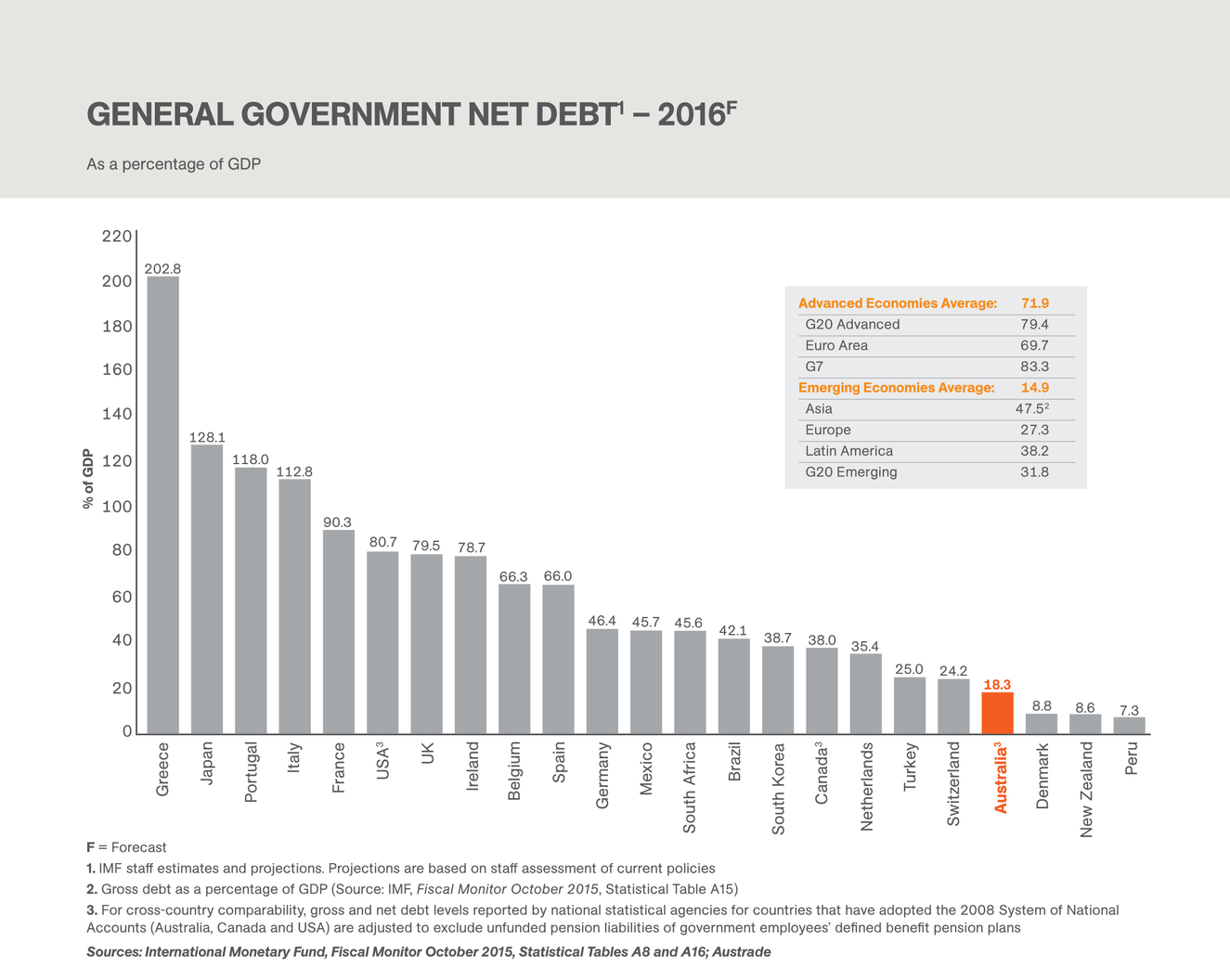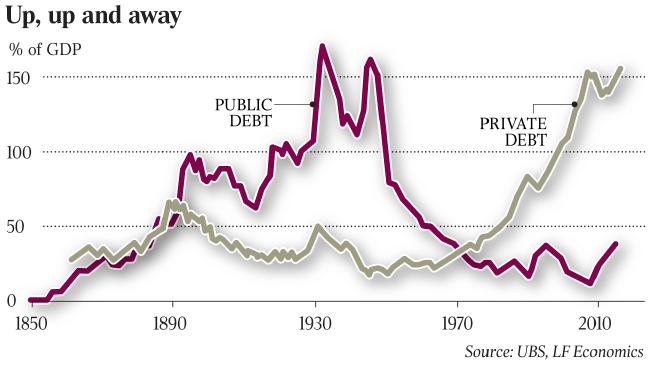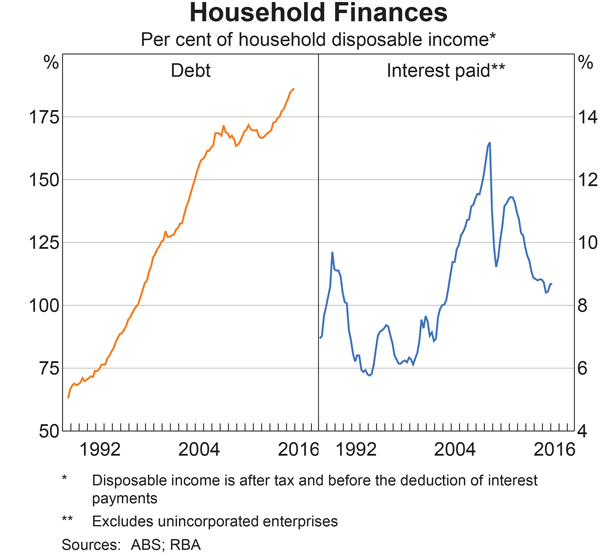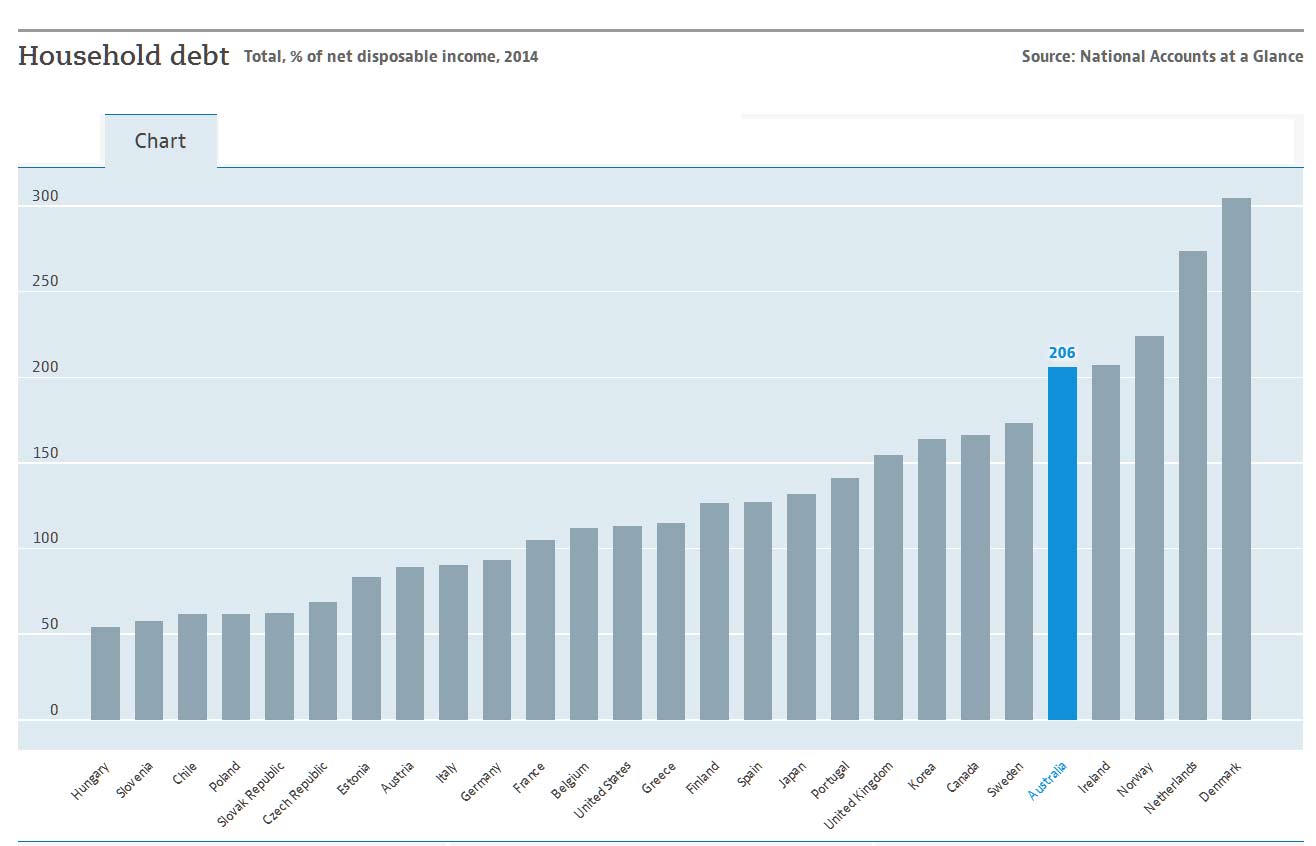The first few months of a new year can be a stressful time financially. The Christmas holidays typically lead to depleted savings and higher credit card balances, while tax season is right around the corner.
Unfortunately for most us, this isn’t a seasonal dilemma but a chronic problem that brings anxiety throughout the year.
Indeed, as many as 44 percent of American households don’t have enough savings to cover basic expenses for even three months. Without a savings cushion, even regular seasonal expenses like holiday celebrations may end up feeling “unexpected” and lead households to turn to credit to cover costs.
U.S. consumers currently hold US$880 billion in revolving debt, with an average credit card balance of almost $6,000. The picture is even more dire for lower-income households.
So how can we turn this around? Many tacks have been tried but fallen short for one reason or another. Fortunately, behavioral science offers some useful insights, as our research shows.
What’s wrong with current approaches
Typical approaches to solving problematic finances are either to “educate” people about the need to save more or to “incentivize” savings with monetary rewards.
But when we look at traditional financial education and counseling programs, they have had virtually no long-term impact on behavior. Similarly, matched savings programs are expensive and have shown mixed results on savings rates. Furthermore, these approaches often prioritize the need for savings while treating debt repayment as a secondary concern.
Education and incentives haven’t worked because they are based on problematic assumptions about lower-income consumers that turn out to be false.
The truth is lower-income consumers don’t need to be told what to do. On average, they are actually more aware of their finances and better at making tradeoffs than more affluent consumers.
They also don’t need to be convinced of the value of saving. Many want to save but face additional obstacles to financial health.
For example, these households often face uncertainty about their cash flows, making planning for expenses even more difficult. More generally, they have little room for error in their budgets and the costs of small mistakes can compound rapidly.
Brain barriers
In this volatile context, psychological barriers common to all people exacerbate the problem.
People have difficulty thinking about the future. We treat our future, older selves as if they are strangers, decreasing motivation to make tradeoffs in the present. Additionally, we underpredict future expenses, leading us to spend more than precise budgeting can account for.
When we do focus on the future, people have a hard time figuring out which financial goals to tackle.
In research that we conducted with Rourke O’Brien of the University of Wisconsin, we found that consumers often focus either on saving money or on repaying debt. In reality, both actions simultaneously interact, contributing to overall financial health.
This can be problematic when people misguidedly take on high-interest debt while holding money in low-interest saving accounts at the same time. And, once people have identified building savings or repaying debt as an important goal, they have difficulty identifying how much should be put toward it each month. As a result, they rely on information in the environment to help determine this amount (like getting “anchored” on specific numbers that are presented as suggestions on credit card payment statements).
Unfortunately, the way current banking products are designed often makes these psychological realities worse.
For example, the information on many credit card payment systems nudges consumers toward paying the minimum balance rather than a higher amount. Budgeting tools assume income and expenses stay the same from month to month (not true for most lower-wage workers) and expect us to monitor spending against a long list of separate, complicated budget categories.
On a deeper level, the fact that banks offer credit and savings products separately exacerbates the psychological distance between paying down debt and building savings, even though these are linked behaviors.
Behavioral banking
The good news is that a range of simple, behaviorally informed solutions can easily be deployed to tackle these problems, from policy innovations to product redesign.
For instance, changing the “suggested payoff” in credit card statements for targeted segments (i.e., those who were already paying in full) could help consumers more effectively pay down debt, as could allowing tax refunds to be directly applied toward debt repayment. Well-designed budgeting tools that leverage financial technology could be integrated into government programs. The state of California, for example, is currently exploring ways to implement such technologies across a variety of platforms.
But the public and private sectors both need to play a role for these tools to be effective. Creating an integrated credit-and-saving product, for example, would require buy-in from regulators along with financial providers.
While these banking solutions may not close the economic inequality gap on their own, behaviorally informed design shifts can be the missing piece of the puzzle in these efforts to fix major problems.
Our research indicates that people already want to be doing a better job with their finances; we just need to make it a little less difficult for them. And making small changes to banking products can go a long way in helping people stabilize their finances so they can focus on other aspects of their lives.
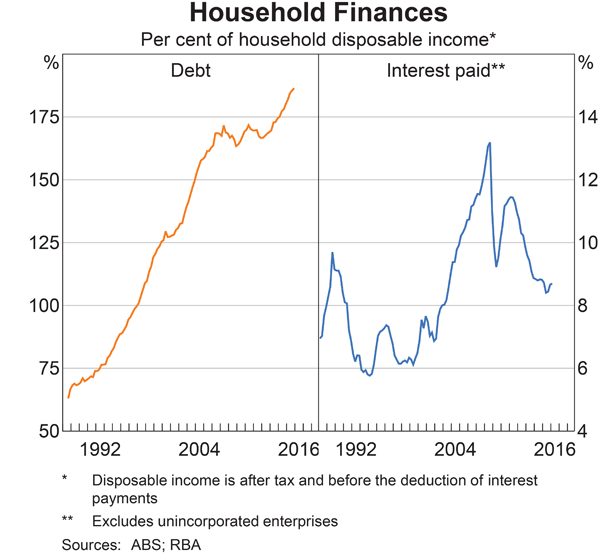 This is of course an average, and segmented data contains considerable variation.
This is of course an average, and segmented data contains considerable variation.
